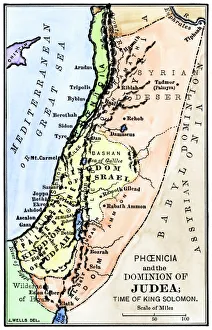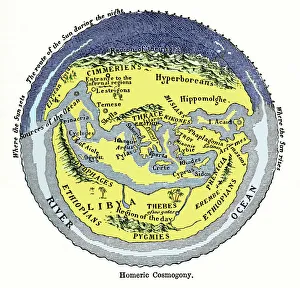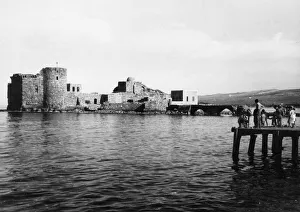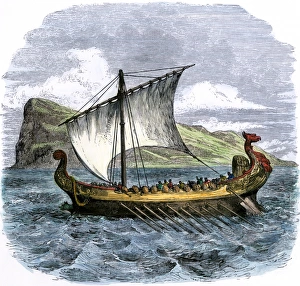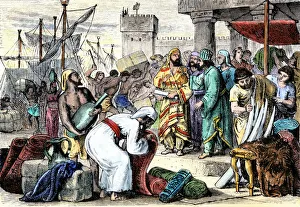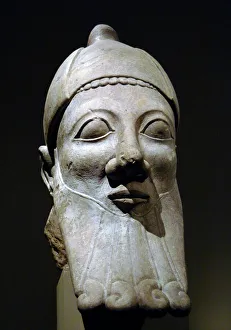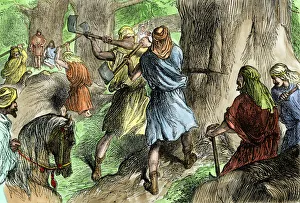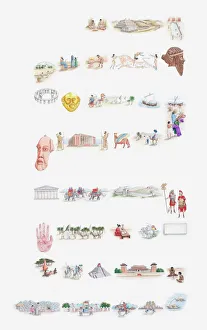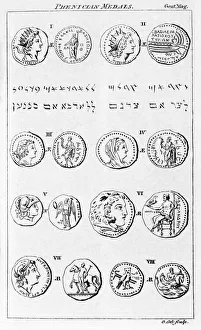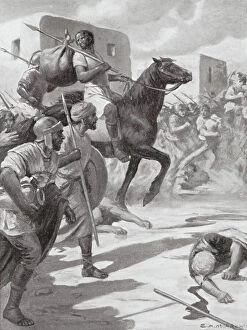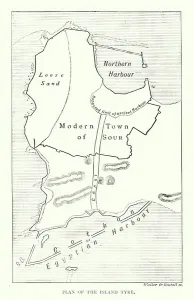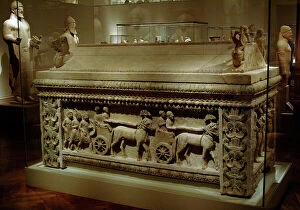Phoenicia Collection
"Discovering Phoenicia: Tracing the Rich Tapestry of an Ancient Civilization" Journey back in time as we explore the captivating world of Phoenicia
All Professionally Made to Order for Quick Shipping
"Discovering Phoenicia: Tracing the Rich Tapestry of an Ancient Civilization" Journey back in time as we explore the captivating world of Phoenicia, a civilization that left an indelible mark on history. From the Map of ancient Palestine kingdoms of Judah and Israel to Homeric cosmogony, every aspect reveals their profound influence. Nestled in Lebanon/Sidon, this vibrant society thrived as renowned traders in bustling ports. Their legendary maritime prowess allowed them to traverse distant lands, exchanging goods and ideas with diverse cultures. The Cedars of Lebanon stand tall even today, a testament to their significance for Solomon's Temple. Phoenician art mesmerizes with its intricate details; from Cyprus' Bust of a bearded man dating back to the 6th century B. C. , it showcases their artistic finesse. Illustrations depict people, customs, artifacts, and monuments from various ancient civilizations like Egypt, Greece, Persia - all intertwined with Phoenician heritage. Coins adorned with enigmatic writings offer glimpses into their sophisticated economic system while honoring Baal - god revered across the ancient Mideast. Unveiling secrets preserved through time is King Tabnit's mummy (circa 500 B. C. ), shedding light on burial practices and beliefs. Cyprus' Amathus sarcophagus serves as another remarkable example of Phoenician artistry; its intricate carvings tell stories lost but not forgotten. And who can ignore Herakles (530-520 A. D. ), depicted in stunning detail on yet another masterpiece? As we delve deeper into Phoenicia's legacy, we uncover tales woven within each artifact—stories that connect us to our shared human history. Let us celebrate this extraordinary civilization that shaped our world through trade routes and cultural exchanges—a true testament to humanity's boundless curiosity and ingenuity.

